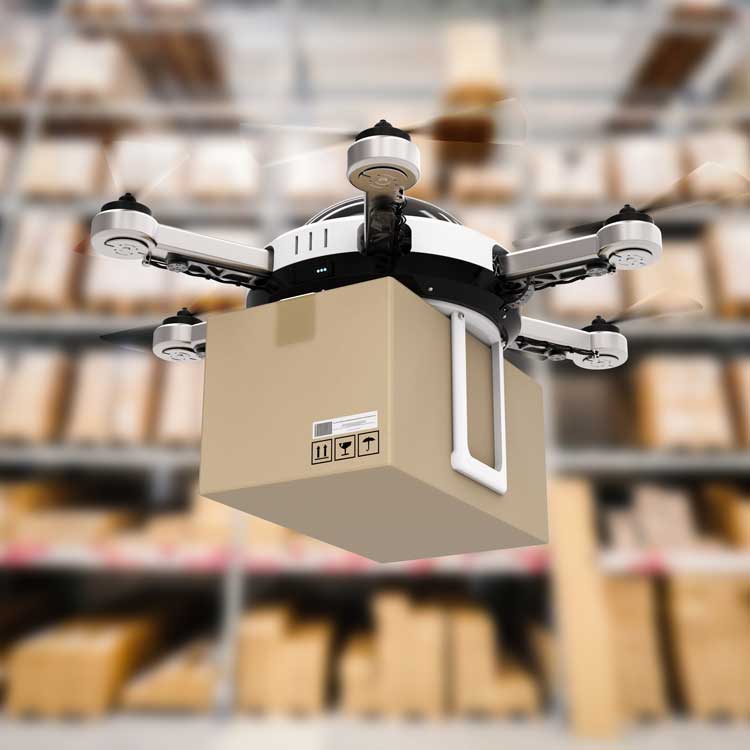The impact of this capability on business success was summarized well in an article on cognitive supply chains in manufacturing, in which KPMG analysts wrote: “Where armies of analysts once spent months coming up with ways to speed up delivery or find pain points on factory floors, a well-oiled cognitive decision center can identify anomalies, search for patterns that lead to unexpected disruptions, and make suggestions on how to solve them—almost instantaneously.”
Lagging Adoption
During the pandemic, the shift to online everything showed customers clearly that some companies could keep items in stock and deliver them quickly and others could not. Despite the impact of national shutdowns on supply chains caused by shelter-in-place restrictions, customers had high expectations and low tolerance for out-of-stock products and slow deliveries.
Recent research by the Baymard Institute, for example, found that 69% of shoppers will abandon their online purchases when one or more of their items isn’t in stock. Only 17% of shoppers will return. Another global study by the IHL Group indicates that retailers lose $984 billion yearly due to out-of-stock items in retail stores.
A survey of 1,000 executives by Oxford Economics and SAP in 2020 revealed a high awareness of the benefits of real-time insights for improved logistics, supply chain efficiency and collaboration with partners and suppliers. A supply chain and analytics survey by Deloitte, however, found that while 76% of respondents said developing sophisticated digital logistics and supply chain solutions were crucial, most underinvested in them due to a disconnect between IT and business leaders.
A Cognitive Future?
Prominent companies like IBM and Microsoft, along with the Hardis Group, are focused on eliminating that disconnect and selling the benefits of an enhanced version of logistics and supply chain management. The platform developed by the Hardis Group builds on the company’s existing warehouse and factory logistics systems used by 250 companies in 20 countries.
“In the warehouse, factory, and store, our platform creates a model of the environment,” said Damien Pasquinelli, Hardis Group CTO.
“We use deep learning to analyze different data inputs ― visual recognition, point-of-sale, tags, ERP, CRM. The system can trigger alarms to factory or warehouse workers or salespeople in stores if a pallet waits too long on a loading dock, if a product is put in the wrong place in a store, or if stock gets low and needs replenishment.”
With 5G networks, the volume of data that can be sent locally will increase substantially, enabling cognitive supply chains to stream a lot more video, according to Pasquinelli. Hardis Group is working on software to help customers manage the complex network of IoT nodes likely to communicate using 5G in their cognitive supply chains.
“We want to give companies the tools to manage the link between those nodes and the global network in real-time,” he said. He envisions those tools working the same way that a real cognitive system ― a brain ― operates.




